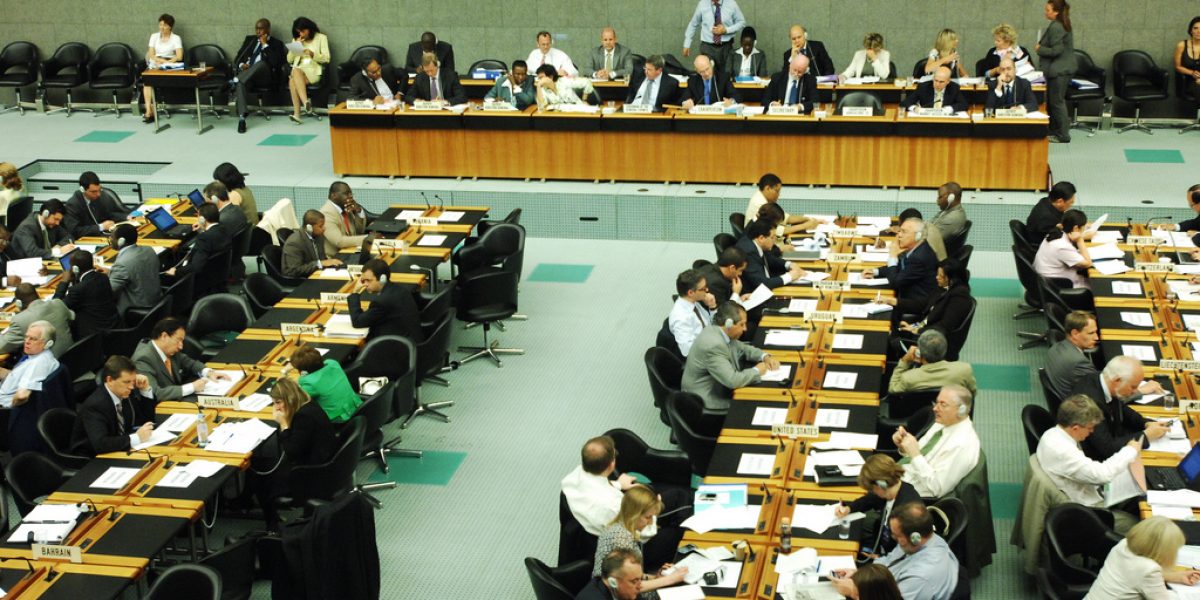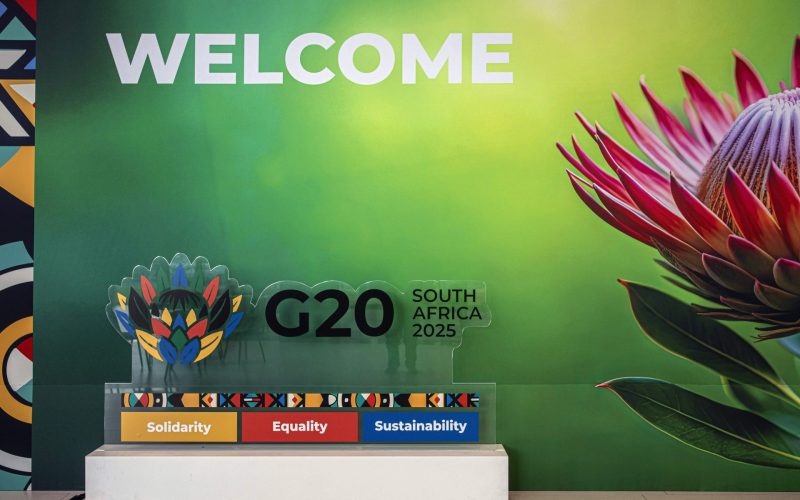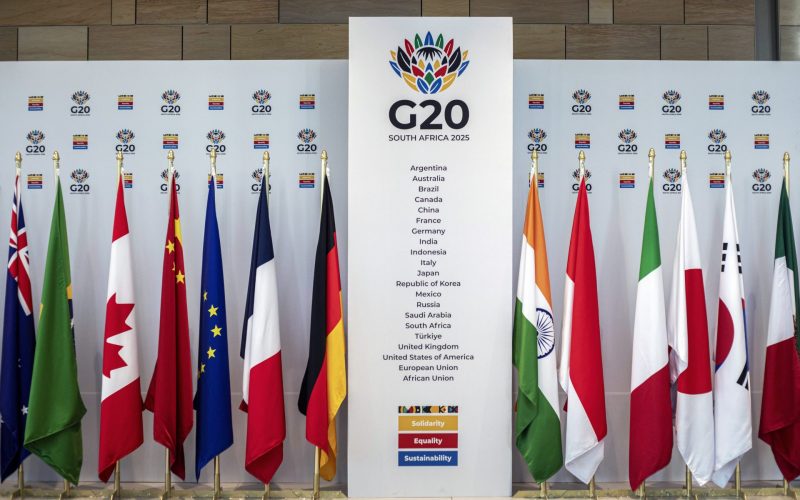With the US Congress seemingly bent on defying the world by holding onto lavish agricultural subsidies, it seems unlikely (although not impossible) a breakthrough will be achieved in the coming months. Therefore attention is turning to longer term plans to rescue the WTO from its malaise.
I recently participated in one such exercise: a conference at the WTO Secretariat in Geneva, entitled Multilateralising Regionalism. Economists have long debated whether the worldwide proliferation of free trade agreements (FTAs) undermines the WTO (“stumbling blocks”) or promotes it (“building blocks”); but they are in agreement that more FTAs means a proliferation of conflicting rules and incentives or what Jagdish Bhagwati famously dubbed the “spaghetti bowl effect”.
Traders should be concerned: each FTA has its own set of tariff phase-downs, rules of origin, and (sometimes) regulations. Why is this problematic? Because the world has moved decisively towards global sourcing arrangements and associated supply-chain management driven by multinational corporations’ sourcing strategies.
At our conference the CEO of Ericson, the Swedish phone company, told us that his phones typically consisted of 900 parts sourced from 60 countries, with the final product sold in more than 90 countries. The same logic applies to a plethora of other products from cars to computers.
Hence from a multinational corporation’s standpoint FTAs cannot accommodate global sourcing; rather they add to the confusion and administrative cost. Worse, they can divert trade from more efficient suppliers in non-favoured countries to FTA partners often chosen for foreign policy, reasons. These arguments are relatively well known if little discussed in SA – a product of our relatively unsophisticated trade policy debate.
What can be done? The most obvious solution is to get the WTO working. It is the only organisation that regulates trade on a global basis, albeit the rules are riddled with exceptions and special deals for both developed and developing countries. But the Doha round is in the doldrums and FTAs are supplanting it.
Enter the notion of “multilateralising regionalism”.
The primary problem is political. Developed countries are the principal drivers of this approach, given that most multinational corporations originate from within the OECD. But their agenda is broad and potentially far-reaching, especially when applied in developing countries with weak capacities to understand agreements.
The problems centre on “behind-the-border” regulations: competition policy; transparency in government procurement; investment laws; services; and intellectual property rights in particular. Developing countries have either rejected negotiations on these issues in the WTO or participate reluctantly, and in some cases reject them in bilateral or regional negotiations with the major powers.
But there are major technical barriers as well. It is not at all clear that the regulatory agenda could be harmonised either in the WTO or across FTAs.
Consider rules of origin. These are necessary to prevent trade deflection or transshipment, and require that an agreed proportion of value must be added in FTA signatories’ territories in order for a product to qualify for its relevant tariff preference.
The stricter the rules, the more difficult it is to qualify, and the more likely trade will be discouraged (although protectionist interests will be happy). Hence a good chunk of conference time was spent on how to harmonise rules of origin across FTAs and in the WTO, whilst at the same time liberalising them to encourage global sourcing.
But the US and European Union have never been able to agree on a common approach and the prospects for them doing so are not good. Furthermore each region, and each FTA, has its own preferences. Spaghetti multiplies, and trade administration becomes more complex; harmonisation appears a long way off.
How could SA position itself relative to these dynamics? Our companies invest abroad and therefore have an interest in stronger (and enforceable) rules in key export markets – and at home – provided those rules are not too onerous. The government needs to be sensitive to the political currents around rules harmonisation, especially in Africa, but this approach nonetheless supports government’s key strategic objective of growing value-added exports. In principle there is a strong coincidence of interests here – government and business should be working hand-in-hand in pursuance of the harmonisation objective.
But where are South African companies in this debate, particularly at the national level? Where are the coalitions of exporting companies vigorously pursuing market access and harmonisation abroad? What exactly is the government’s view on the harmonisation agenda?
Perhaps these issues are discussed in closed forums I am not aware of, but from my vantage point the silence is deafening.







